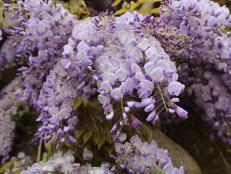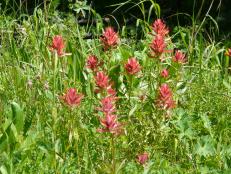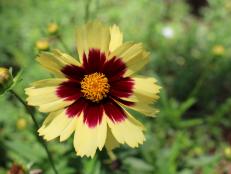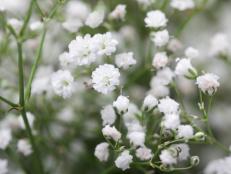Mexican Petunias: Plant With Caution

Image courtesy of Rosanna Freyre, Ph.D

Purplish-blue petunias? At first glance, you might mistake Mexican petunias for common garden flowers.
But Mexican petunias are actually Ruellia simplex, fast-growing perennials with green to purple stems and green leaves. The wild, invasive form of this plant is so aggressive, it’s banned in some states, and it’s on a watch list of invasive plants in others. The state of Florida lists Mexican petunias as “highly invasive.”
Native to Mexico and western South America, Ruellia simplex, also known as R. tweediana, R. brittoniana, R. coerulea, and R. malacosperma, is cold hardy to USDA hardiness zones 8 to 11. Although there has been confusion over the plants’ proper name since a German botanist named them in 1879, most horticulturists now refer to them as R. tweediana. Common names include Mexican bluebell, hardy petunia, wild petunia, Britton’s wild petunia and perennial petunia.
Mexican petunias are able to tolerate a wide range of growing conditions, but prefer wet or marshy soils, such as moist woodlands or the edges of ponds and lakes. They can withstand drought and even full sun in drier soils.
The plants’ showy flowers are short-lived, but they open over a long period of time, beginning in early spring and continuing until frost. The shrubs grow one to four feet high and about the same in width.
The dark downside to most of these attractive, tough plants is that they grow out of control, overtaking desirable plants.
Invasive Mexican petunias form large, horizontal roots that grow above and below ground, making them difficult to remove, and even small pieces that are overlooked can regrow. Seed capsules on the plants burst open when ripe, scattering seeds everywhere. The seeds can remain in the soil and germinate years after the plants have been eradicated.
Worse, the seeds form a mucous-like gel when they get wet. Once they’re deposited on dry soil, they stick like glue.
Developers have been working to create cultivars of Mexican petunias that gardeners can enjoy and grow responsibility. ‘Mayan Purple’ and ‘Mayan White’ are sterile cultivars, which means that they don’t develop seeds that self-sow.
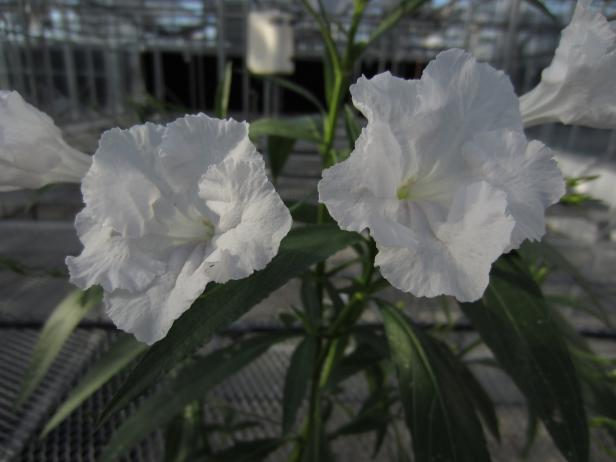
Image courtesy of Rosanna Freyre, Ph.D
‘Mayan Purple’ and ‘Mayan White’ are currently available in Home Depot stores in Florida. The breeder, Rosanna Freyre, is working to make the cultivars more widely available by 2014; this may include a company in Georgia that has nationwide distribution, and a mail order company in North Carolina.
‘Katie’ is another possible option. It’s a less aggressive, dwarf Ruellia that’s been named a Texas Superstar by Texas A&M University, thanks to its beautiful blooms and ease of care.
‘Katie’ grows about 6 inches high and is available with purple, pink or white blooms. But it is fertile and propagates by seed, so researchers from the University of Florida and the Institute of Food and Agricultural Services at the University of Florida do not recommend its use.
Mexican petunias can be a beautiful addition to your garden, as long as you’re careful to choose non-invasive cultivars that you can maintain and control.







